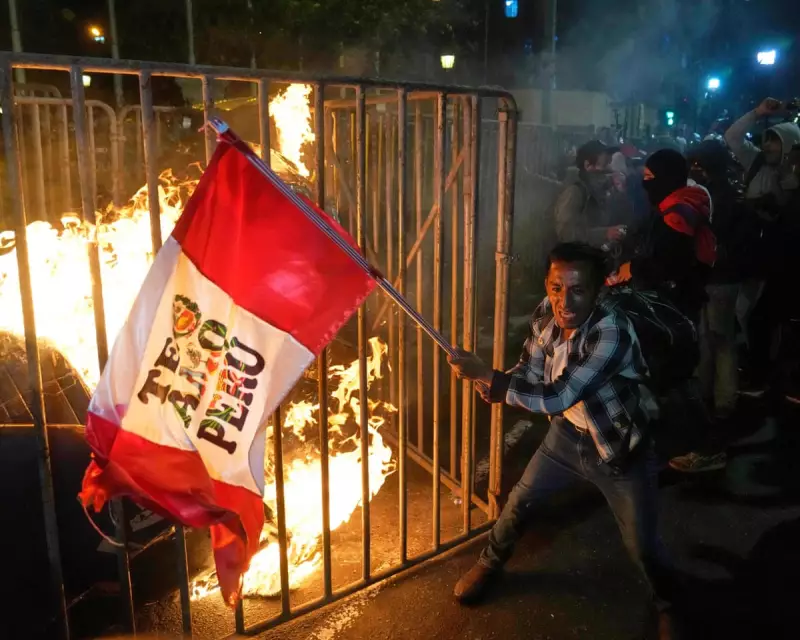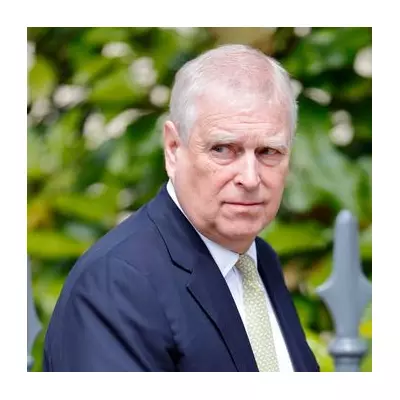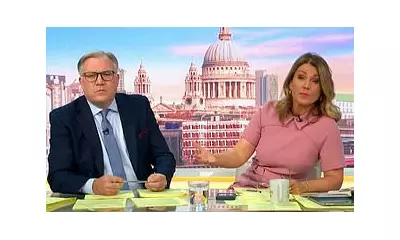
Peru has been plunged into a deepening political crisis as President José Jerí declared a 30-day state of emergency following days of escalating nationwide protests. The dramatic move grants sweeping powers to security forces and suspends key constitutional rights across multiple regions.
Constitutional Rights Suspended
The emergency declaration effectively suspends fundamental freedoms including the right to assembly and freedom of movement in affected areas. Military personnel have been deployed to support police operations, with authorities given expanded powers to detain individuals and restrict movement.
Wave of Civil Unrest
Protests erupted across several Peruvian regions, with demonstrators expressing fury over what they describe as government overreach and deteriorating economic conditions. The capital Lima has become a focal point for clashes between security forces and protesters.
Government Justification
President Jerí's administration defends the emergency measures as necessary to protect public safety and restore order. "We are facing coordinated attempts to destabilise our democracy," stated a government spokesperson, alleging that some protest groups have employed violent tactics.
International Concern Grows
Human rights organisations have expressed alarm at the suspension of constitutional protections. Regional bodies are monitoring the situation closely, with neighbouring countries calling for peaceful resolution to the escalating tensions.
Economic Impact
The unrest has disrupted transportation and commerce in several key regions, raising concerns about the stability of one of South America's important economies. Business leaders have called for urgent dialogue between opposing factions.
Historical Context
This represents the most severe political crisis in Peru since similar unrest rocked the nation two years ago. The current emergency measures echo previous government responses to social upheaval, though critics argue they represent an alarming erosion of democratic norms.
As the 30-day emergency period begins, international observers and Peruvian citizens alike await to see whether the measures will quell the violence or further inflame tensions in this deeply divided nation.





